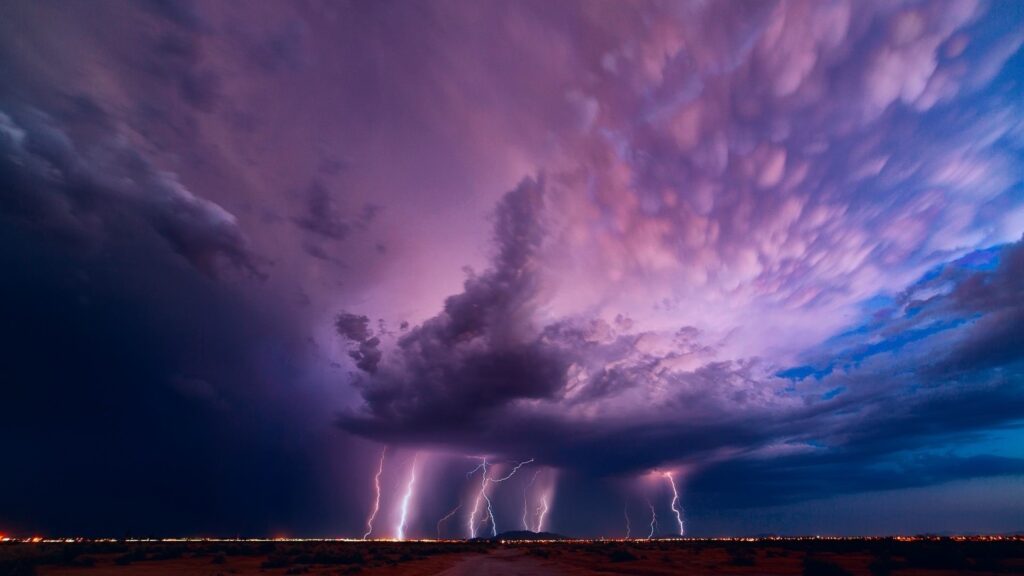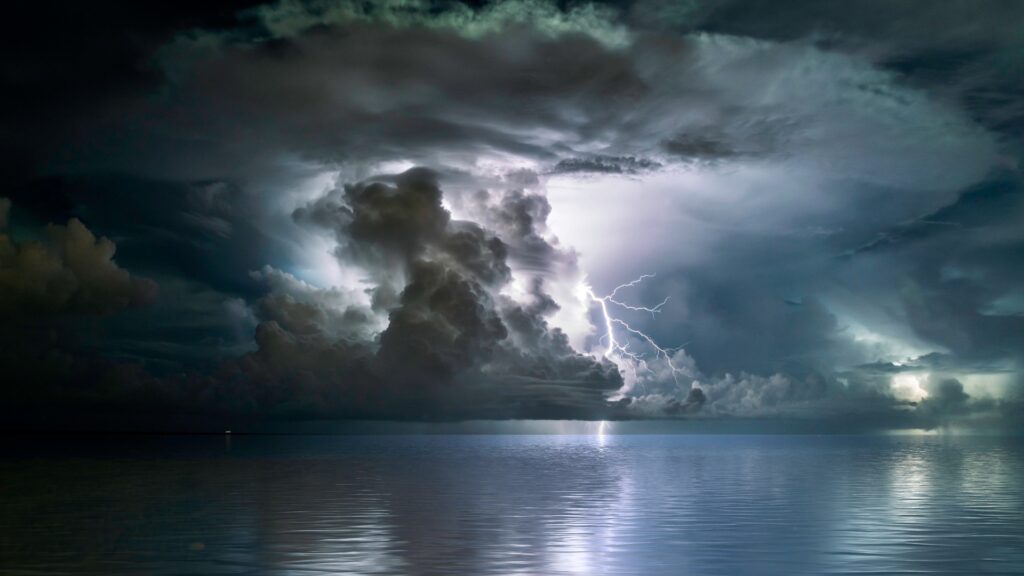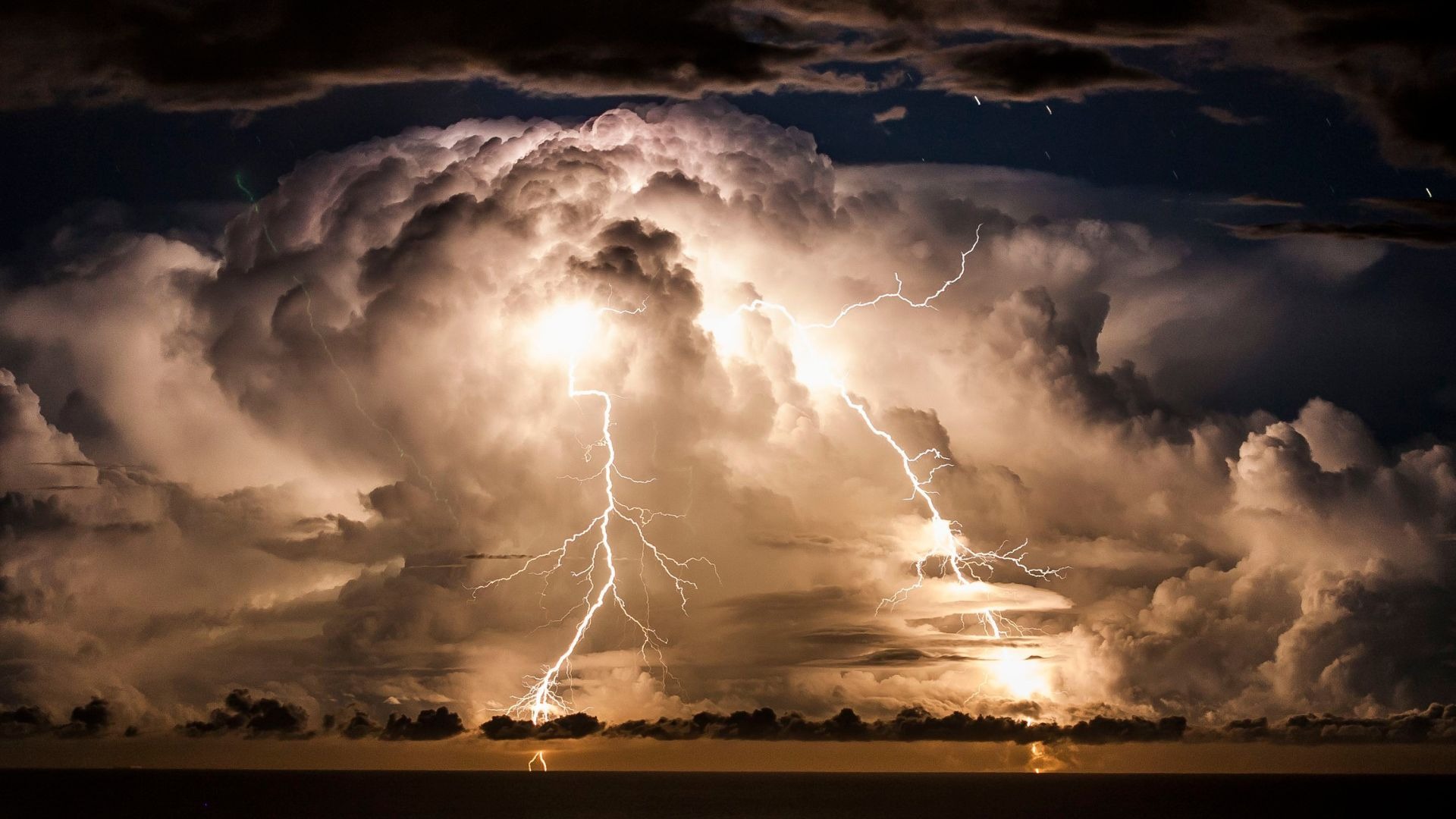Welcome to StormWatch.site, your trusted source for severe weather alerts and warnings. Understanding the different types of weather advisories can help you stay safe and prepared when dangerous conditions arise. Below, we break down the most common severe weather alerts, what they mean, and how you should respond.
1. Storm Watch vs. Storm Warning

Storm Watch (Conditions are favorable for severe weather)
- Meaning: A storm watch indicates that conditions are favorable for severe weather (such as thunderstorms, tornadoes, or hurricanes) in your area, but it has not yet developed.
- Duration: Typically issued hours in advance.
- What You Should Do:
- Stay updated with weather reports.
- Prepare an emergency kit.
- Secure outdoor items that could become projectiles in strong winds.
Storm Warning (Severe weather is occurring or imminent)

- Meaning: A storm warning means severe weather is already happening or will begin shortly. Immediate action is required.
- Duration: Usually in effect for a shorter period than a watch.
- What You Should Do:
- Seek shelter immediately.
- Avoid unnecessary travel.
- Stay away from windows and exterior doors.
2. Thunderstorm Watch vs. Thunderstorm Warning
Thunderstorm Watch
- Meaning: Conditions are favorable for thunderstorms capable of producing hail, damaging winds, and tornadoes.
- Duration: Typically 4–8 hours.
- What You Should Do:
- Monitor weather updates.
- Be ready to take shelter if a warning is issued.
Thunderstorm Warning
- Meaning: A severe thunderstorm has been detected by radar or reported by spotters.
- Duration: Usually 30 minutes to an hour.
- What You Should Do:
- Move indoors immediately.
- Avoid using electrical appliances and plumbing.
- Stay away from windows.
3. Tornado Watch vs. Tornado Warning
Tornado Watch
- Meaning: Conditions are favorable for tornado formation.
- Duration: 4–6 hours.
- What You Should Do:
- Review your tornado safety plan.
- Keep a weather radio or app handy.
Tornado Warning
- Meaning: A tornado has been sighted or indicated by radar.
- Duration: Typically 30–60 minutes.
- What You Should Do:
- Take shelter in a basement or interior room.
- Cover yourself with a mattress or heavy blankets for protection.
4. Hurricane Watch vs. Hurricane Warning
Hurricane Watch
- Meaning: Hurricane conditions (sustained winds of 74+ mph) are possible within 48 hours.
- Duration: Until the threat passes.
- What You Should Do:
- Prepare emergency supplies (food, water, medications).
- Secure your home (board windows, trim trees).
Hurricane Warning
- Meaning: Hurricane conditions are expected within 36 hours.
- Duration: Until the storm passes.
- What You Should Do:
- Evacuate if advised.
- Stay indoors away from windows.
5. Blizzard Watch vs. Blizzard Warning
Blizzard Watch
- Meaning: Conditions could lead to blizzard conditions (heavy snow + strong winds + low visibility).
- Duration: 12–48 hours in advance.
- What You Should Do:
- Stock up on essentials.
- Avoid unnecessary travel.
Blizzard Warning
- Meaning: Blizzard conditions are occurring or imminent.
- Duration: Until conditions improve.
- What You Should Do:
- Stay indoors.
- Keep emergency heat sources ready.
6. Flood Watch vs. Flood Warning
Flood Watch
- Meaning: Conditions may lead to flooding.
- Duration: 12–48 hours.
- What You Should Do:
- Move valuables to higher ground.
- Be ready to evacuate.
Flood Warning
- Meaning: Flooding is happening or about to occur.
- Duration: Until water recedes.
- What You Should Do:
- Avoid walking/driving through floodwaters.
- Evacuate if necessary.
7. Heat Advisory vs. Excessive Heat Warning
Heat Advisory
- Meaning: High heat & humidity may cause health risks.
- Duration: 1–2 days.
- What You Should Do:
- Stay hydrated.
- Limit outdoor activities.
Excessive Heat Warning
- Meaning: Extreme heat poses life-threatening conditions.
- Duration: Until temperatures drop.
- What You Should Do:
- Stay in air-conditioned spaces.
- Check on vulnerable individuals.
8. Winter Storm Watch vs. Winter Storm Warning
Winter Storm Watch
- Meaning: Heavy snow, sleet, or ice is possible.
- Duration: 12–48 hours.
- What You Should Do:
- Prepare emergency supplies.
Winter Storm Warning
- Meaning: A winter storm is imminent or occurring.
- Duration: Until the storm passes.
- What You Should Do:
- Avoid travel.
- Keep warm.
9. Freeze Warning vs. Frost Advisory
Freeze Warning
- Meaning: Temperatures will drop below freezing, threatening plants & pipes.
- Duration: Overnight or early morning.
- What You Should Do:
- Protect outdoor plants & pipes.
Frost Advisory
- Meaning: Frost may damage sensitive vegetation.
- Duration: Early morning hours.
- What You Should Do:
- Cover plants overnight.

